Cloud cover is increasing across the planet as the Sun's magnetic field continues to weaken, decreasing the outward pressure of the solar wind and allowing more cosmic rays to penetrate Earth's atmosphere.This year's
record start to the Northern Hemisphere
snow season is due to two factors:
1) falling temperatures across the mid-latitudes, and
2) an increase in cloud cover.
Both of these factors are linked to
low solar activity, and while each impacts the other, factor
1 is mainly due to a weakening of the jet stream, with factor
2 predominantly the result of an influx of cloud nucleating cosmic rays.
Very briefly,
Galactic Cosmic Rays are a mixture of high-energy photons and sub-atomic particles accelerated toward Earth by supernova explosions and other violent events in the cosmos.
Solar Cosmic Rays are the same, though their source is the sun. Both
Galactic and
Solar Cosmic rays hitting Earth's atmosphere create aerosols which in turn seed clouds (
Svensmark et al) — making them an key component in our weather and climate. Recent balloon flights by
spaceweather.com and Earth to Sky Calculus reveal that cosmic rays are intensifying:

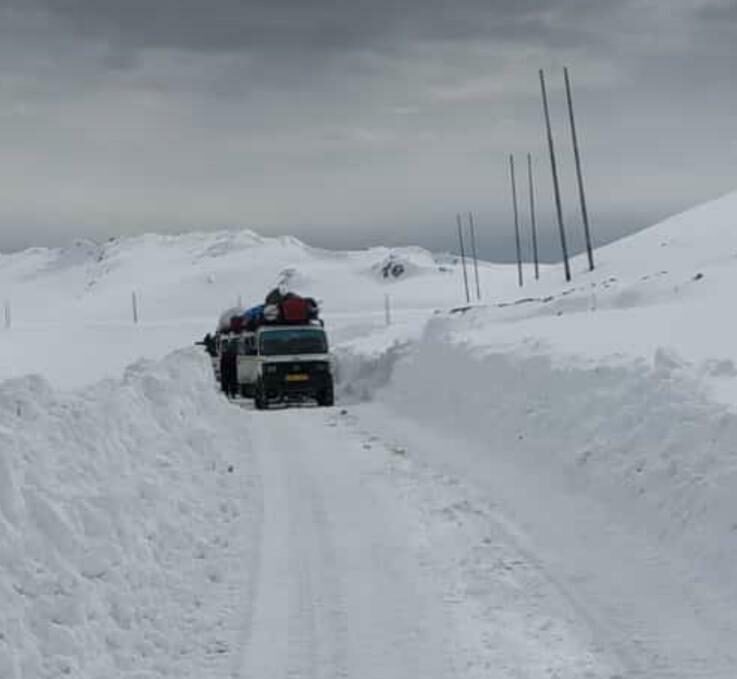
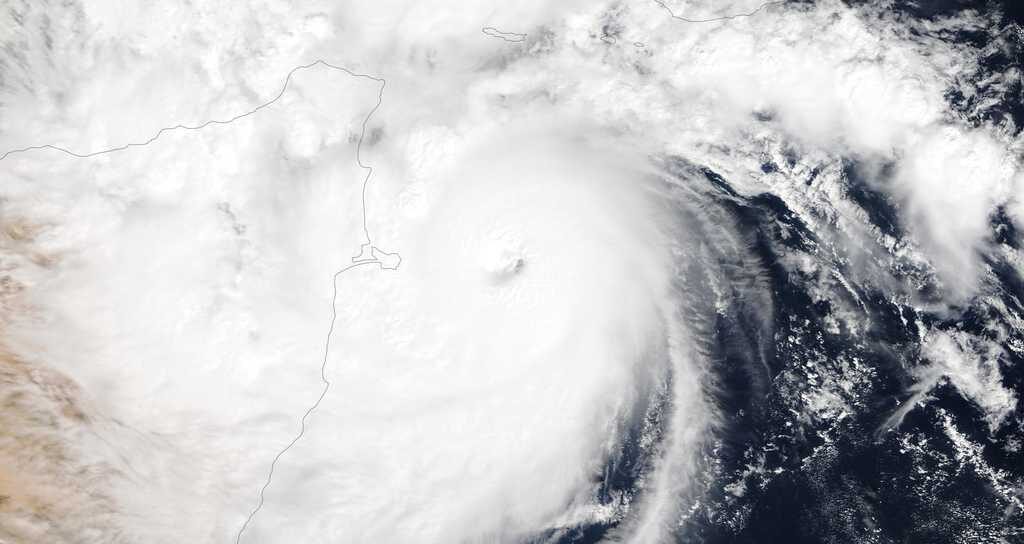
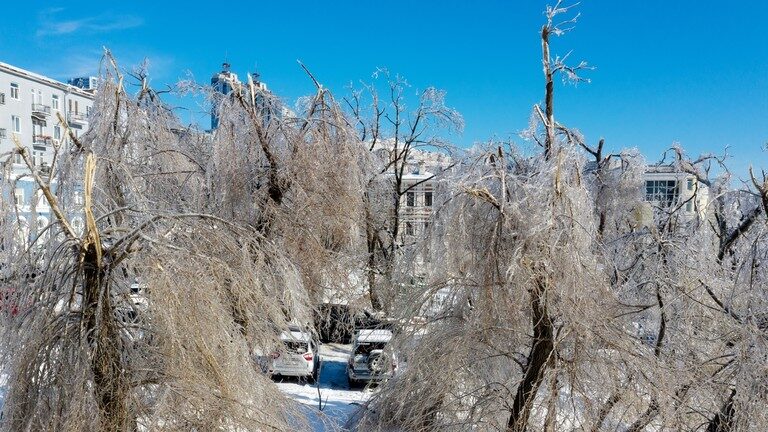

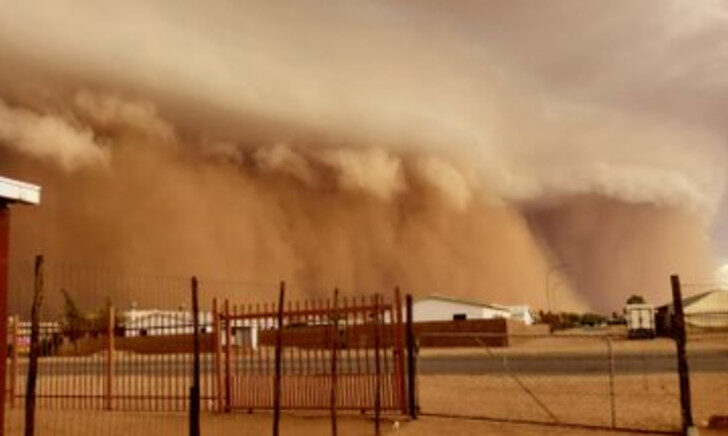
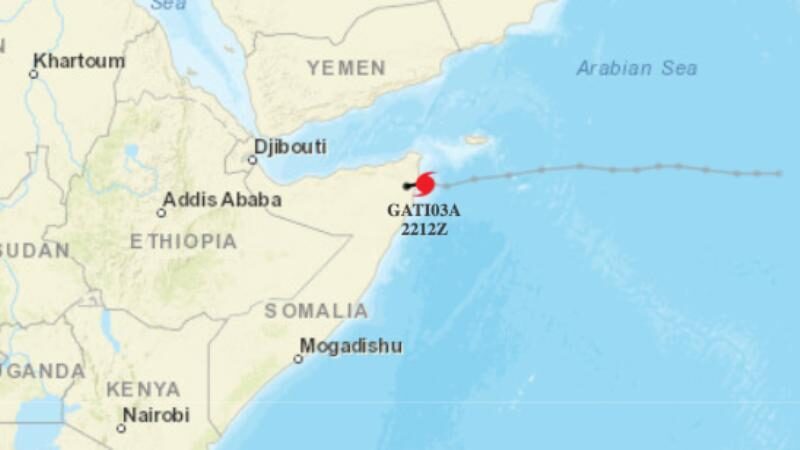

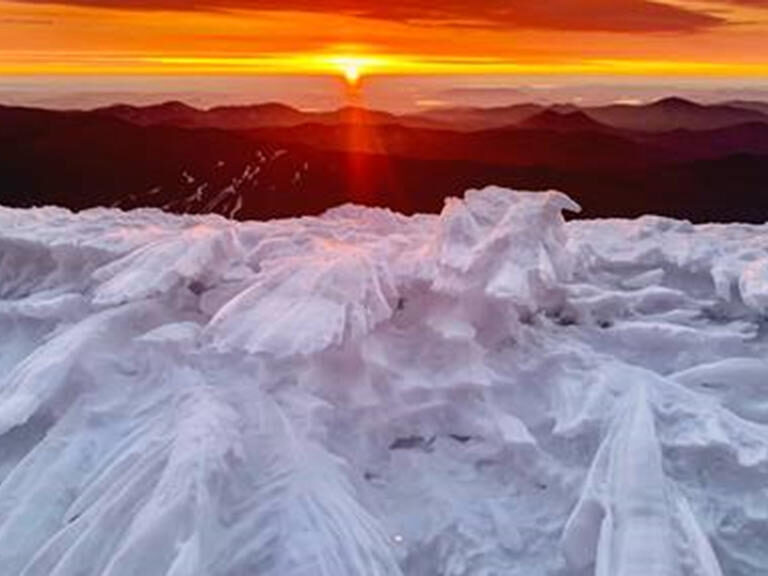
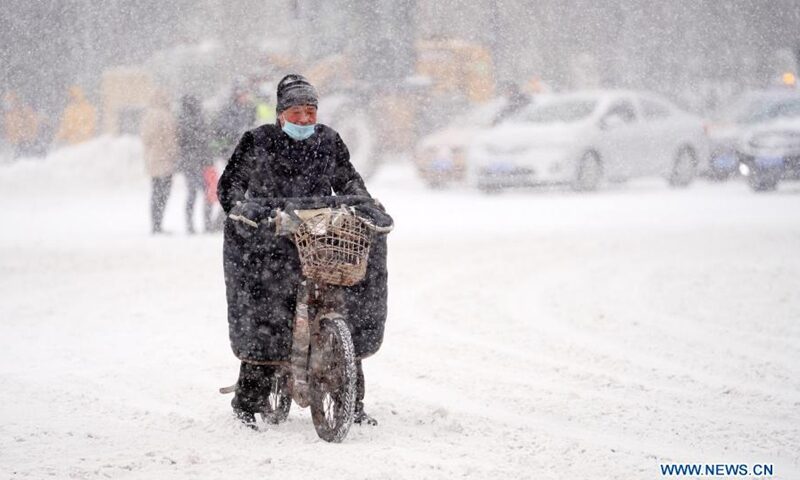



Comment: As well as tornadoes in this region, medicanes are becoming part of the new normal, but not as a result of 'climate change' (formerly referred to as 'global warming' by the MSM).
See main comment on this article: Unusual Mediterranean cyclone 'Ianos' hits Western Greece
Other rare or late-season tornadic activity elsewhere includes: